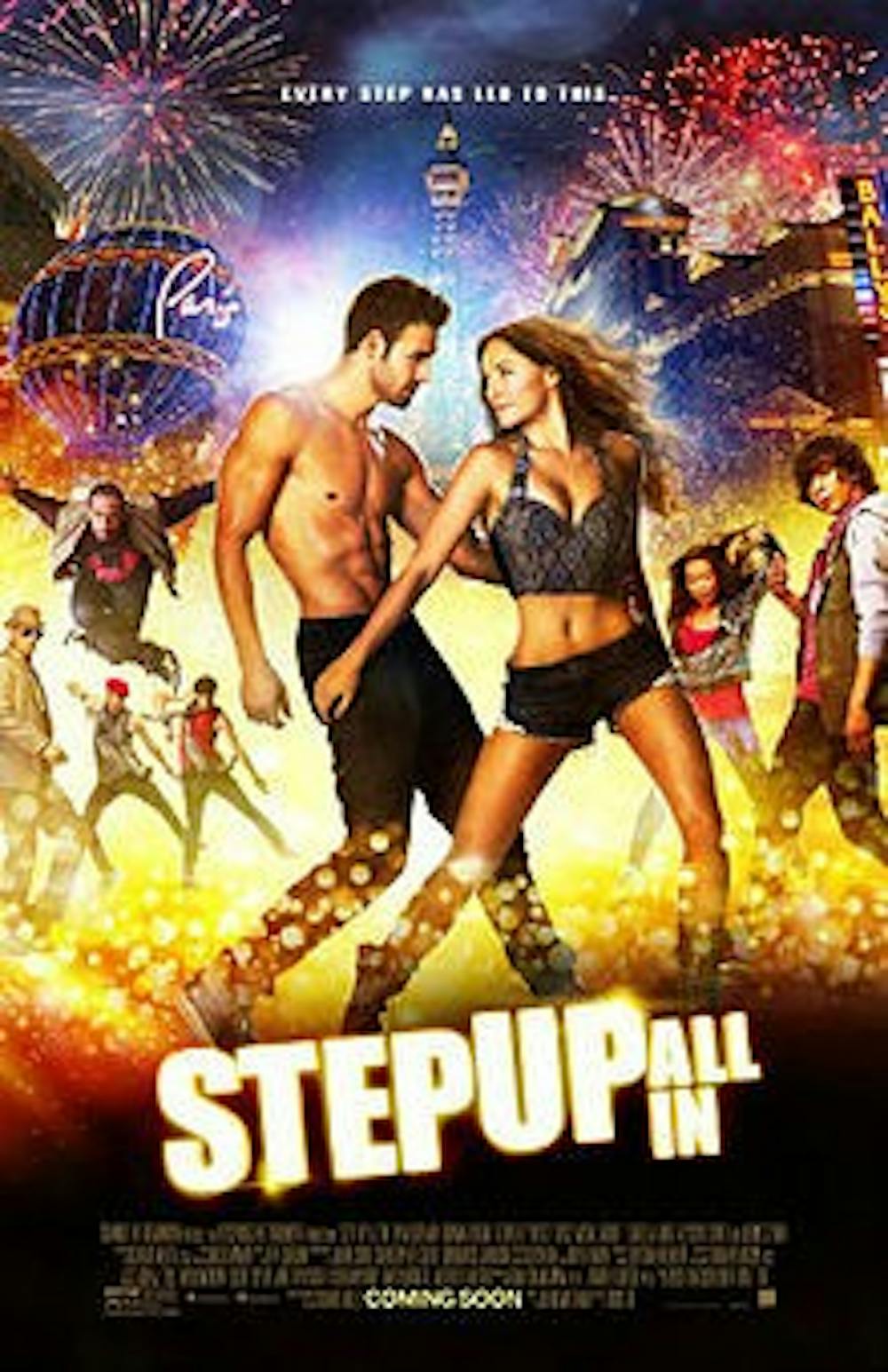Ever since 1987's “Dirty Dancing" left movie theaters, there has been a serious slowdown in the number of romantic movies with dancing backdrops. But in 2006, director Anne Fletcher enlisted heartthrob Channing Tatum and renowned backup dancer Jenna Dewan-Tatum — an on-screen pair who later continued their love affair off-screen in 2009 — to make one of the first films addressing the phenomenon of urban street dancing: “Step Up”.
The film focused primarily on choreography, but there were also touches of love, angst and class conflict. It was a movie about dancers — human dancers — with emotions and relationships extending beyond the world of dance.
After the success of the first movie, the producers of “Step Up” were determined to make a long-term profit — and promptly spawned four “Step Up” sequels, including the most recent “Step Up All In.”
With each progressive “Step Up” movie, the directors identified and isolated factors which most appealed to audiences: attractive dancers, creative routines and a hip hop/R&B soundtrack.
By the fourth sequel, all humanity had been siphoned from the series.
The fifth film begins with a powerful and visceral hook. After a blurry montage of dancers and a sentimental voiceover detailing the hardship involved with “making it” in the dance world, two female dancing judges tell three men to take their shirts off. After a long sequence of different silly “tryouts” by various dancing groups, we arrive at the core of the plot (if it can be referred to as such).
Sean, our protagonist (Ryan Guzman), is the head of The Mob, a dance crew which moved from Miami to Los Angeles in search of commercial dancing success. After months of failing to obtain an endorsement, The Mob abruptly abandons Sean, making the entire introductory scene of the movie completely redundant.
Then, in one of the most blatant and poorly done manifestations of deus ex machina, Sean manages to find a dance competition sponsored by VH1, called The Vortex. Dance crews must only submit an online video for their shot at fame and fortune — but, alas, Sean is crew-less!
Ingenious as ever (he knows how to Google!), Sean goes looking for his ‘old crew’ — marginal characters in previous “Step Up” movies — showing the executives behind the “Step Up” franchise either could not find dancers or, more likely, figured viewers would benefit from some continuity among the series of discordant dance scenes which characterize “Step Up All In.”
There is no plot. All verbal interaction between characters is so contrived and banal, it’s painful. These people are not humans: they are dancers, and there is no point to the film but finding excuses to initiate dance-offs or fanciful, inspired individual dance scenes.
Dialogue, intrigue, drama, verbal emotion are viewed by the series’ directors and writers as redundant. Whatever algorithms and surveys they use have clearly shown audiences are drawn to the “Step Up” franchise not for the acting, but for the dance scenes.
“Step Up 5: All In” is therefore the awful, calculated result of years of gauging audience opinion and interest, a movie so suffused with intense dancing and impressive acrobatic stunts that, though upbeat, is incredibly dull. Though the dance scenes are well-choreographed, they are so bursting with people and movement that humanity, much less intimacy or empathy, becomes all but an afterthought. The film is a 100-minute music video: exhausting, repetitive, and bereft of deeper meaning or consequence.







